When starting a commercial renovation, one of the pivotal decisions you’ll face is whether to tackle painting or flooring first.
This choice might seem trivial at first glance, but it carries significant implications for your project’s budget, timeline, and the overall look and functionality of your space.
In this guide, we’ll dive into various considerations to help you navigate this decision, ensuring your renovation project kicks off on the right foot.
Money and Numbers Talk
Let’s start with the numbers. Both painting and flooring come with their own set of material and labour costs.
Typically, paint can be a less expensive upfront investment compared to flooring, especially if you’re considering high-end materials like hardwood or premium tiles for your floors. Here’s a breakdown to think about:
Painting Costs
- Materials: The cost of high-quality commercial paint ranges between $30 to $100 per litre, capable of covering approximately 16 square meters per litre. This variance in price reflects differences in brand, type, and quality of the paint.
- Labour: Professional painters typically charge by the square meter or by the hour. You might expect to pay anywhere from $45 to $60 per hour if we’re talking about commercial painting costs. The total cost depends on the complexity of the job, the number of coats required, and the condition of the walls.
Flooring Costs
- Materials: The cost of commercial flooring materials varies widely, from budget options like laminate or vinyl at around $30 to $50 per square meter, to higher range options like commercial-grade carpet or engineered wood, which can cost between $50 to $120 per square meter. High-end options like hardwood or premium tiles can exceed $120 per square meter.
- Labour: Installation costs also vary by material type and complexity of the installation, with rates generally ranging from $20 to $50 per square meter. Custom or intricate designs and patterns can increase these costs significantly.
However, the decision isn’t just about which is cheaper to start with. Considering how your budget can accommodate the entire project scope is crucial.
If your budget is tight, starting with painting allows for more flexibility in flooring choices down the line.
The Project’s Timeline
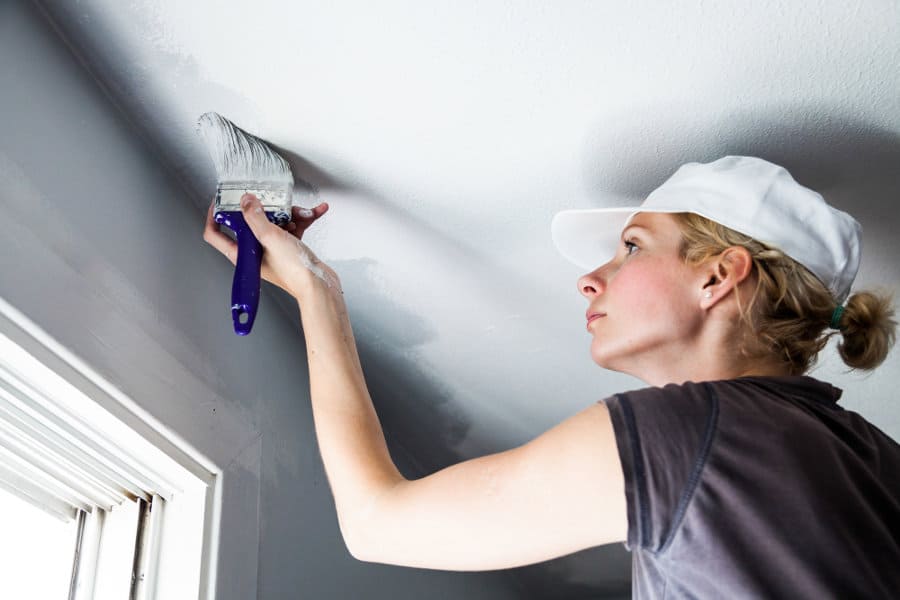
Timing is everything in renovations. Paint often requires a shorter completion time but needs a dry environment and adequate ventilation.
On the flip side, some flooring materials might take longer to install but can significantly impact the project’s flow.
For instance, if you’re laying down carpet, you’ll want to avoid the risk of paint spills or drips. Understanding the specific requirements and drying or curing times of your chosen materials can help you make an informed decision on what to tackle first.
Impact on Design and Aesthetics
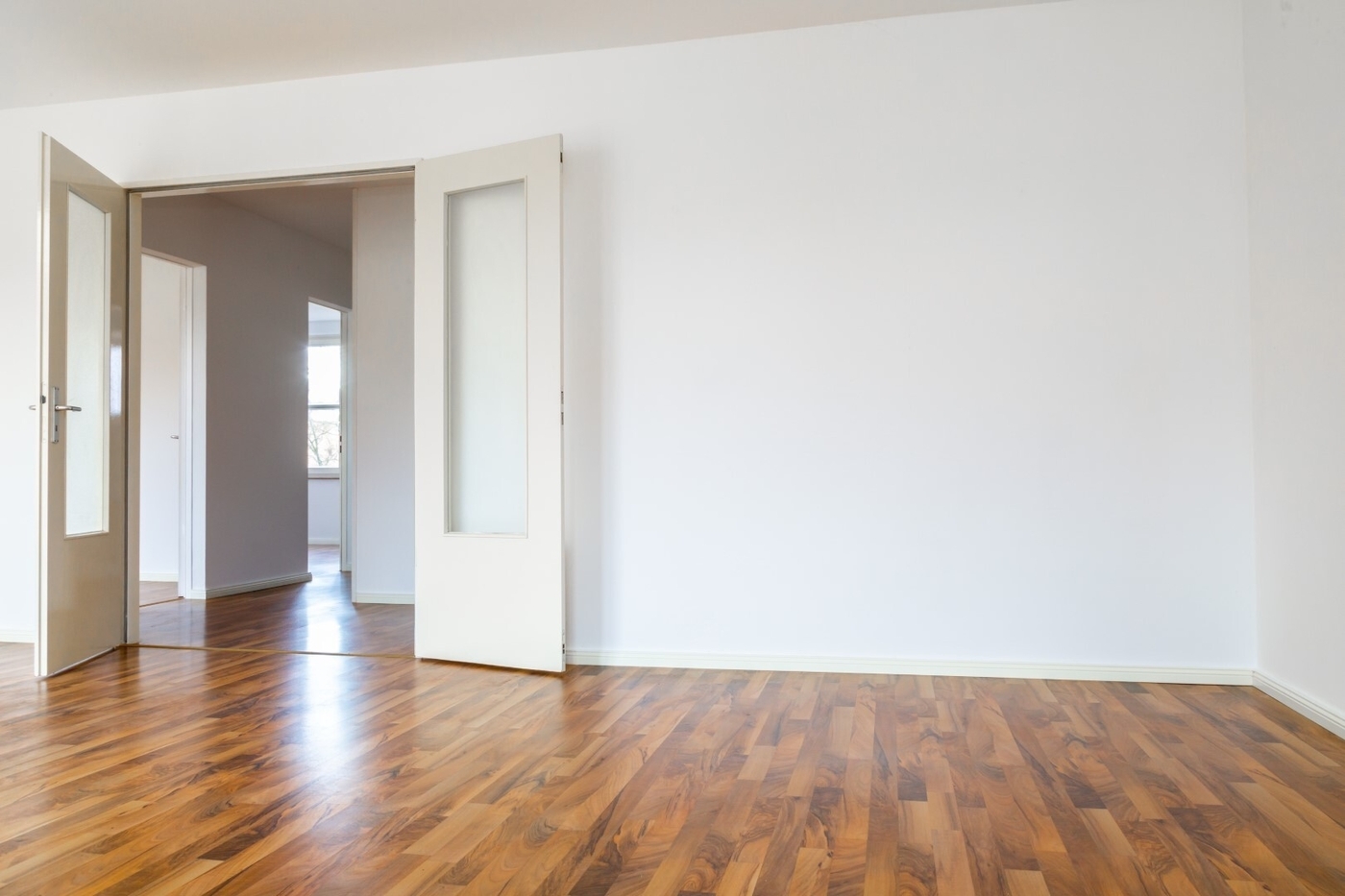
Your space’s design and aesthetics play a critical role in this decision. Painting first offers a blank canvas, allowing you to adjust your floor choice based on how the paint colour interacts with natural and artificial light in your space.
Conversely, if you’ve already chosen a statement flooring, it might dictate the paint colours to enhance the room’s overall design. The sequence can significantly affect the final look, so envisioning the completed space can guide your decision.
Ease of Installation and Correction
Mistakes happen, and the ease of correcting them varies between painting and flooring. Paint errors can often be easily touched up without impacting the flooring.
However, if you’ve installed your flooring first, protecting it from paint drips or spills requires additional effort and resources. Weighing the likelihood and impact of potential mistakes can guide your choice of which to prioritise.
Maintenance Needs
Consideration of maintenance and cleaning requirements is also crucial. Starting with flooring requires protective coverings to keep them pristine during painting, adding to your project’s complexity.
On the other hand, painting first means any floor installation mess won’t compromise your freshly painted walls. The approach that minimises the need for corrective work post-installation often proves to be the most efficient.
Professional Recommendations and Industry Standards
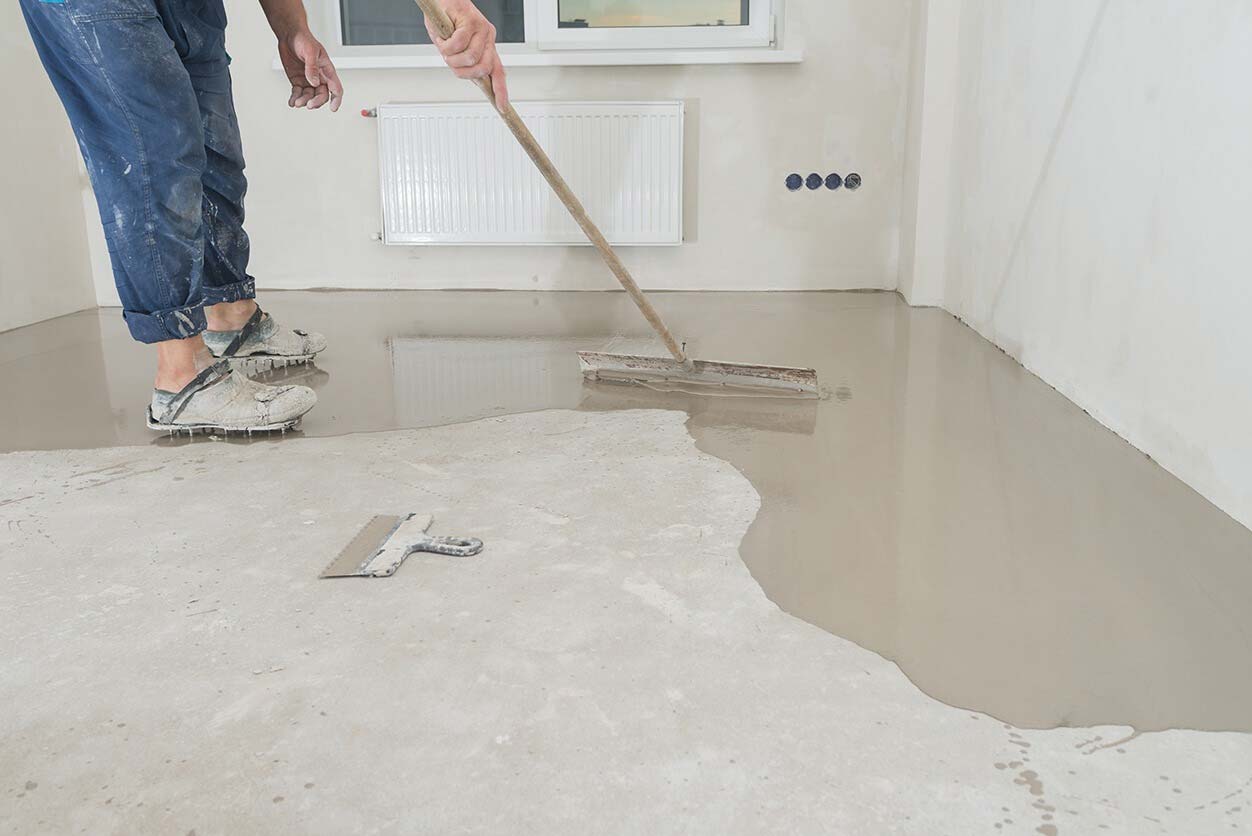
Lastly, tapping into the wealth of knowledge from industry professionals and adhering to established standards can provide invaluable insights.
Experienced contractors and designers can offer tailored advice based on the specifics of your project, including the type of commercial space, the materials you’ve chosen, and the desired outcome.
Their recommendations can help you avoid common pitfalls and leverage industry best practices to ensure your renovation’s success.
Final Thoughts
Deciding whether to prioritise paint or flooring in your commercial renovation involves careful consideration of several factors.
Budget constraints, project timelines, material durability, design impact, maintenance needs, and professional advice all play crucial roles in this decision.
Each project is unique, and what works for one space might not suit another so it’s always important to weigh these considerations in the context of your specific project goals and constraints.

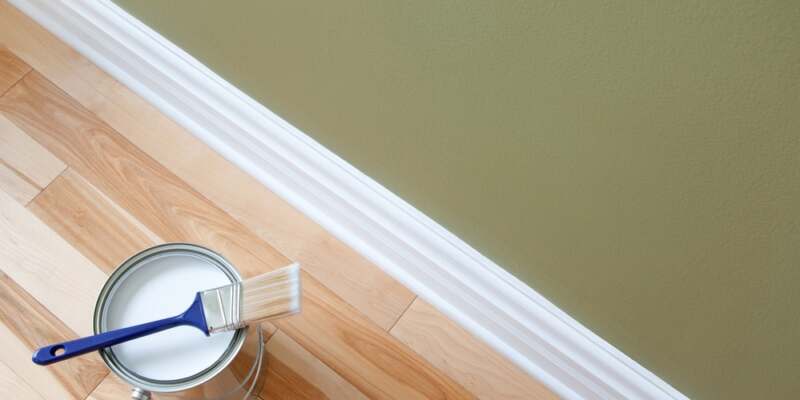
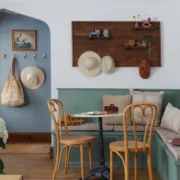
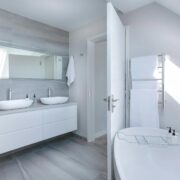





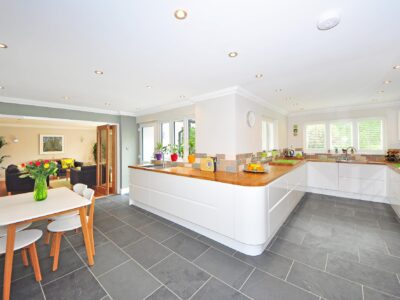




Comments